Technique and Nature
If you understand how a carp feeds, you'll know how your bait should be.
ECOLOGÍA Y HÁBITOS DEL PEZ
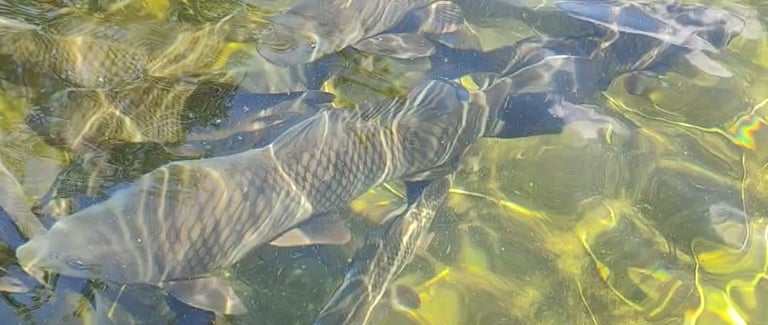

🟦 Cyprinid Digestion and Why It Affects Your Baits
If you understand how a carp feeds, you’ll know how your bait should be. And you’ll also understand why it matters what you put into the water.
When we think about baits, the conversation often revolves around attraction, flavors, colors… but rarely about what happens next: how the fish digests that bait, how it assimilates it, and how this affects both its well-being and fishing success in the medium term.
Understanding cyprinid digestion is a foundation every bait formulator (and every technical angler) should be clear about. Because it’s not just about catching a fish — it’s about supporting its metabolism, helping its recovery, and avoiding saturation with unsuitable ingredients.
🟧 How Does a Cyprinid Like Carp or Barbel Digest?
The digestive system of cyprinids is designed to slowly process natural-origin foods — both plant and animal — that are rich in soluble fiber, simple sugars, free amino acids, microorganisms, and easily metabolized fats.
🔹 Key Aspects of the Cyprinid Digestive System:
No acidic stomach like mammals. They digest through enzymes along the intestine.
Slow and continuous process. Adapted to eating small amounts steadily, not large feasts.
Highly sensitive to textures, solubility, and nutrients. They quickly detect what doesn’t “fit” them.
When a bait is formulated without considering this biology (raw flours, saturated fats, poorly processed proteins…), the fish struggles to assimilate it, digestion slows down, and the bait is rejected after several attempts.
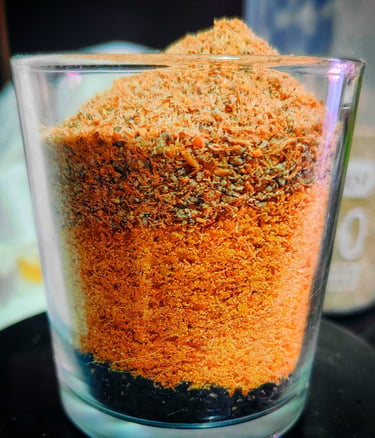

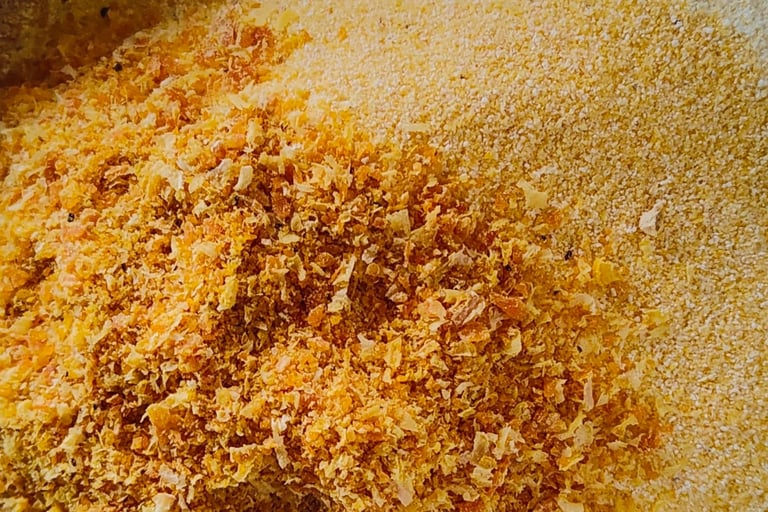

🟦 Why Does This Affect Bait Effectiveness?
A fish that struggles to digest food will eat less, become more cautious, and reduce its feeding activity.
That’s why technical baits aim to:
✅ Support progressive and natural digestion.
✅ Provide soluble nutrients that are easily assimilated.
✅ Avoid excess fibers, saturated fats, or low-quality proteins.
When a fish feels that a food “sits well” with it, it actively seeks it out again. And in pressured waters, this marks the difference between baits that keep catching and those that saturate and lose effectiveness.
🟨 Ecological Impact: What You Put in the Water Doesn’t Just Disappear.
It’s not only about fishing; it’s about the environment too.
A poorly formulated bait:
Isn’t digested. The fish excretes it almost intact.
Pollutes the lakebed. It increases unassimilated organic matter, ferments, and fouls the environment.
Disrupts natural cycles. It affects microorganisms, dissolved oxygen, and ecological balance.
A well-formulated bait:
Is almost completely assimilated.
Leaves less residue.
Promotes healthy, active fish and cleaner environments.
🟩 How We Apply This at Sycomorusfishing:
When we formulate a bait, our first priority is always the well-being of the fish — not marketing.
We study every ingredient for its effect on cyprinid digestion: solubility, ease of assimilation, real nutritional value, and metabolic response.
That’s why we avoid untreated flours, saturated fats, unnecessary fillers, and strong additives that, while effective in the short term, do not respect the fish’s well-being.
A bait should benefit the fish, support its physiology, and protect its environment. Only then does it make sense.
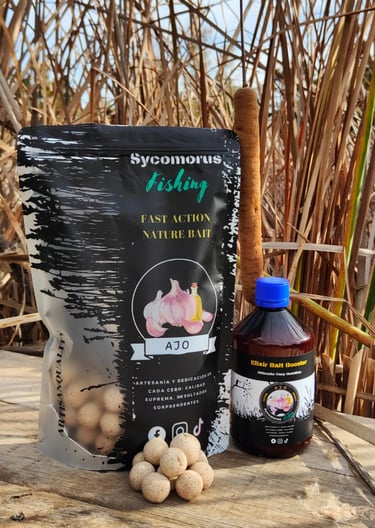

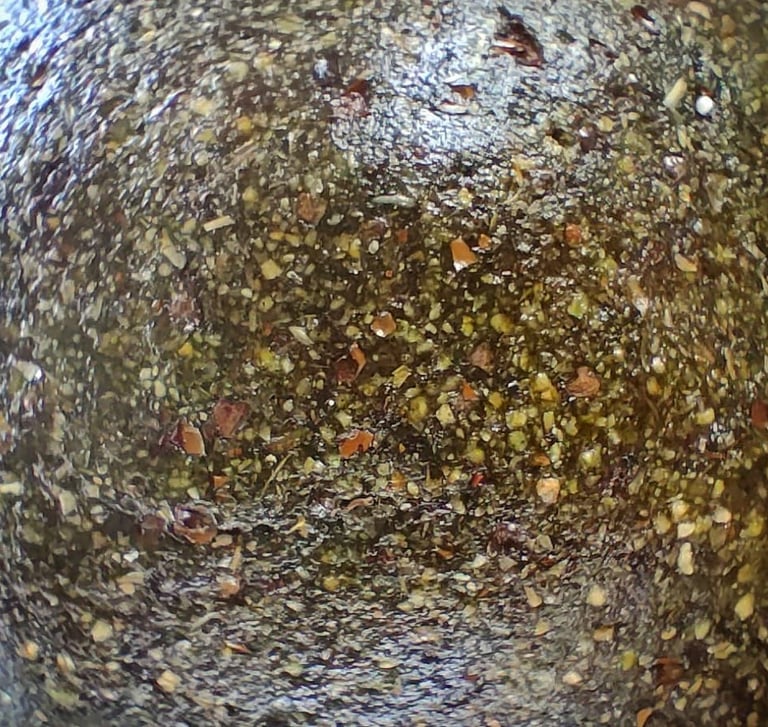

🟦 Conclusion for the Technical Angler:
A good bait doesn’t just attract — it respects, nourishes, and supports the fish’s future.
If we want a sustainable future, with active, healthy fish and thriving waters, we need to think carefully about what we put beneath the surface.
The fish will notice. And in the long run, so will you — in your results.
Are you interested in technical bait formulation and fish ecology?
This blog is not a catalog or a sales tool. Here, we share real knowledge about nutrition, cyprinid behavior, bait formulation, and respect for the environment.
If you value fishing from a conscious, technical, and honest perspective, you can subscribe to receive our updates.
